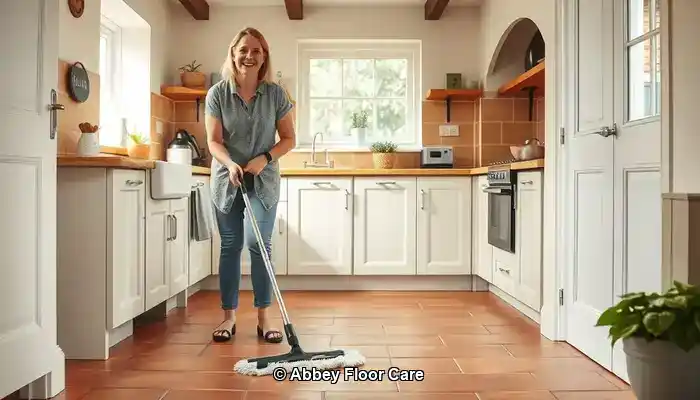
Last Updated on September 29, 2025 by David
Ultimate Guide to Keeping Your Terracotta Floors Sparkling Clean
-
- Understanding the Porous Characteristics of Terracotta—its absorbent nature makes it prone to quick dirt accumulation, particularly in humid areas like Surrey.
- Significance of Proper Sealing—an effective sealant is crucial for safeguarding the tile surface against moisture and dirt infiltration.
- Regular Maintenance is Essential—daily sweeping coupled with weekly mopping using pH-neutral cleaners significantly enhances the durability and visual appeal of your terracotta tiles.
- Steer Clear of Harsh Chemicals and Steam Mops, which can compromise the sealant and damage the tile surface.
- Opt for Eco-Friendly Cleaning Solutions, especially in homes with pets or children, to foster a safe environment.
- Explore Professional Restoration Services for thorough cleaning and resealing to ensure long-term protection for your tiles.
- Strategically Placing Rugs and Mats in high-traffic zones minimizes dirt transfer onto your tiles.
- Effective Moisture Management is Crucial—ensure proper ventilation and swiftly address spills to prevent staining and mold development.
What Makes Terracotta Floors Susceptible to Quick Dirt Build-Up?
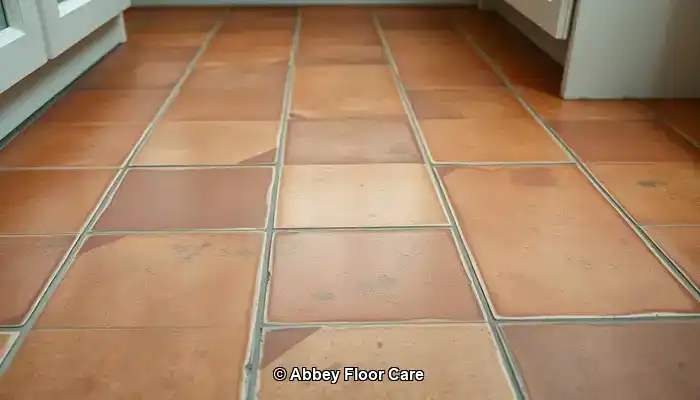
Terracotta tiles are a popular flooring choice due to their aesthetic appeal, particularly in traditional or rustic homes throughout Surrey. Their warm hues and natural texture add a unique charm to any interior. However, terracotta tiles are infamous for their rapid accumulation of dirt and stains. Understanding the underlying causes of this issue is essential for effective maintenance and cleaning practices.
Expert Recommendations: Top Products for Ongoing Terracotta Maintenance
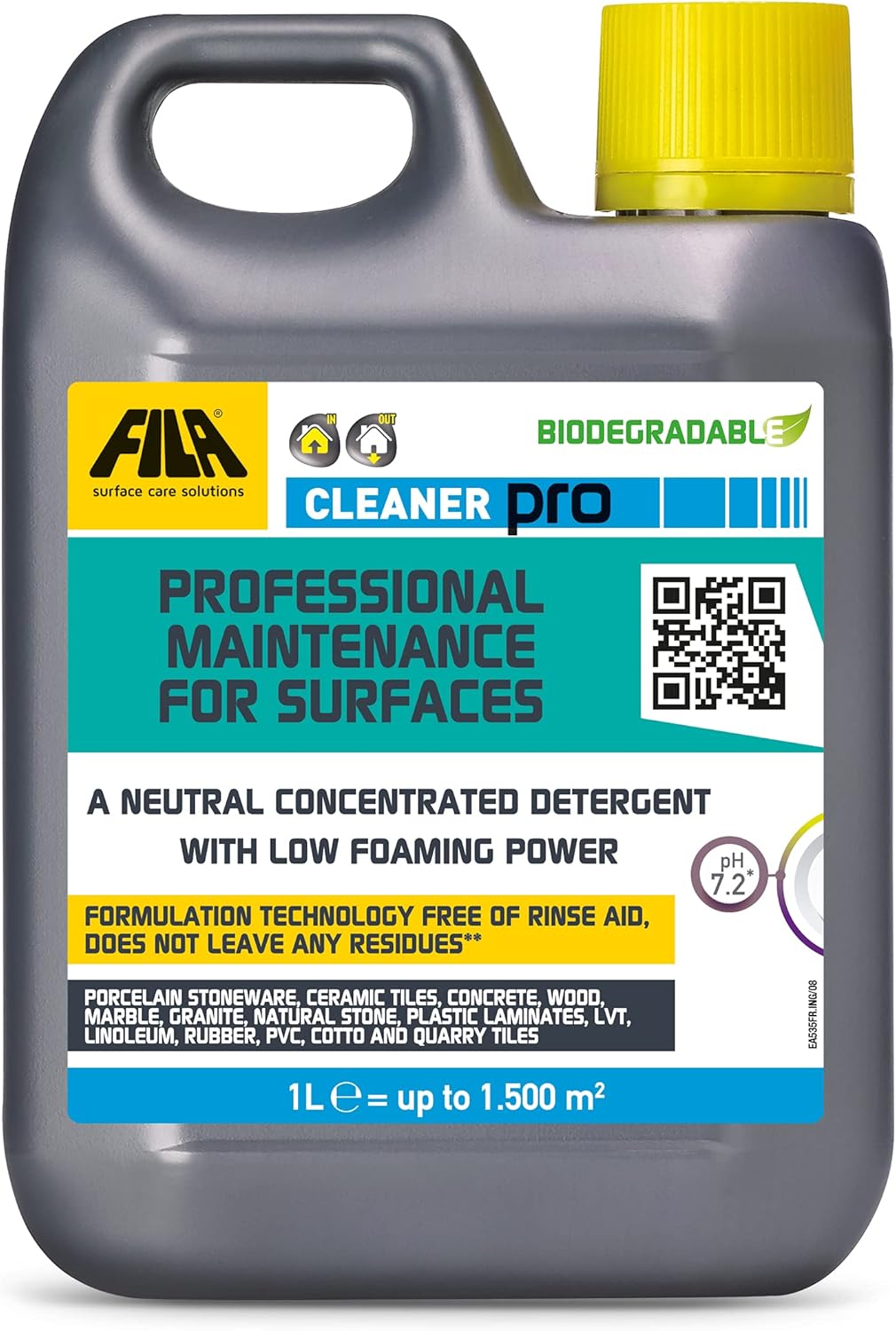
Fila Pro Floor Cleaner
|
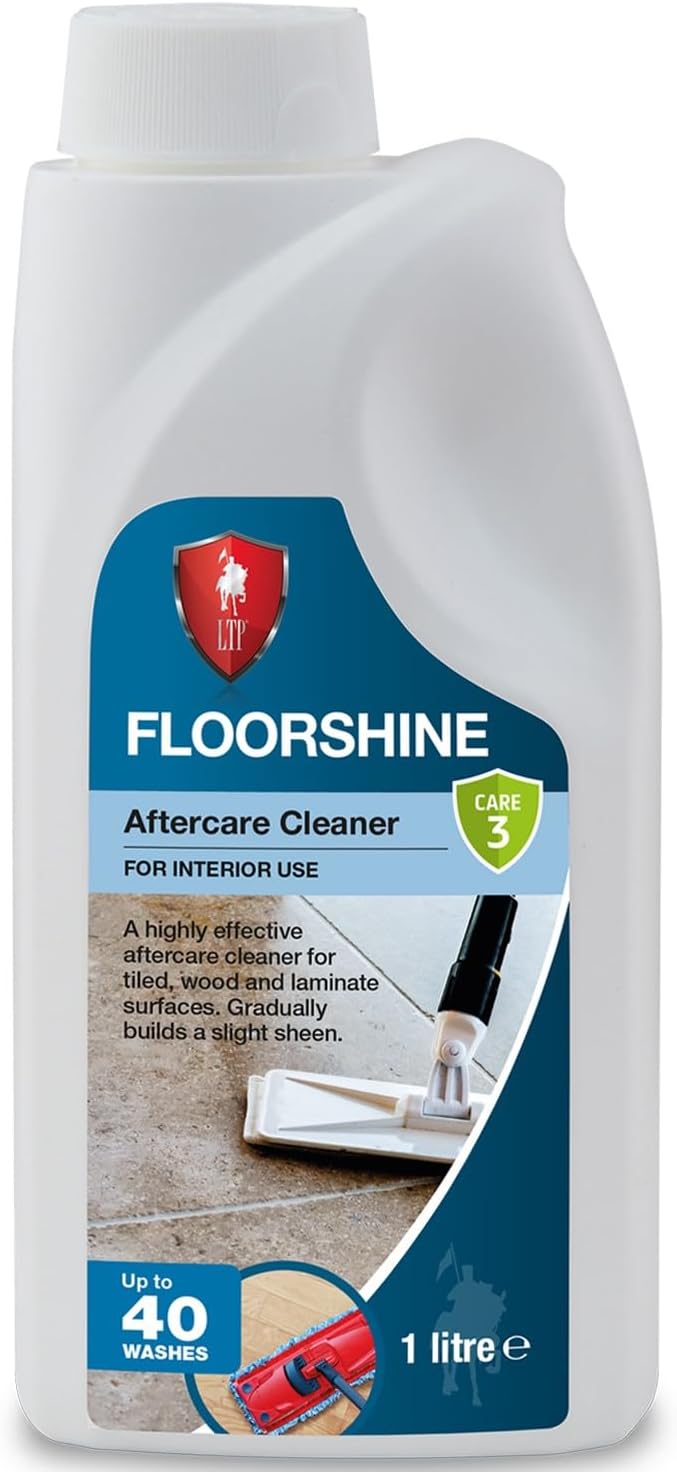
LTP Floorshine
|
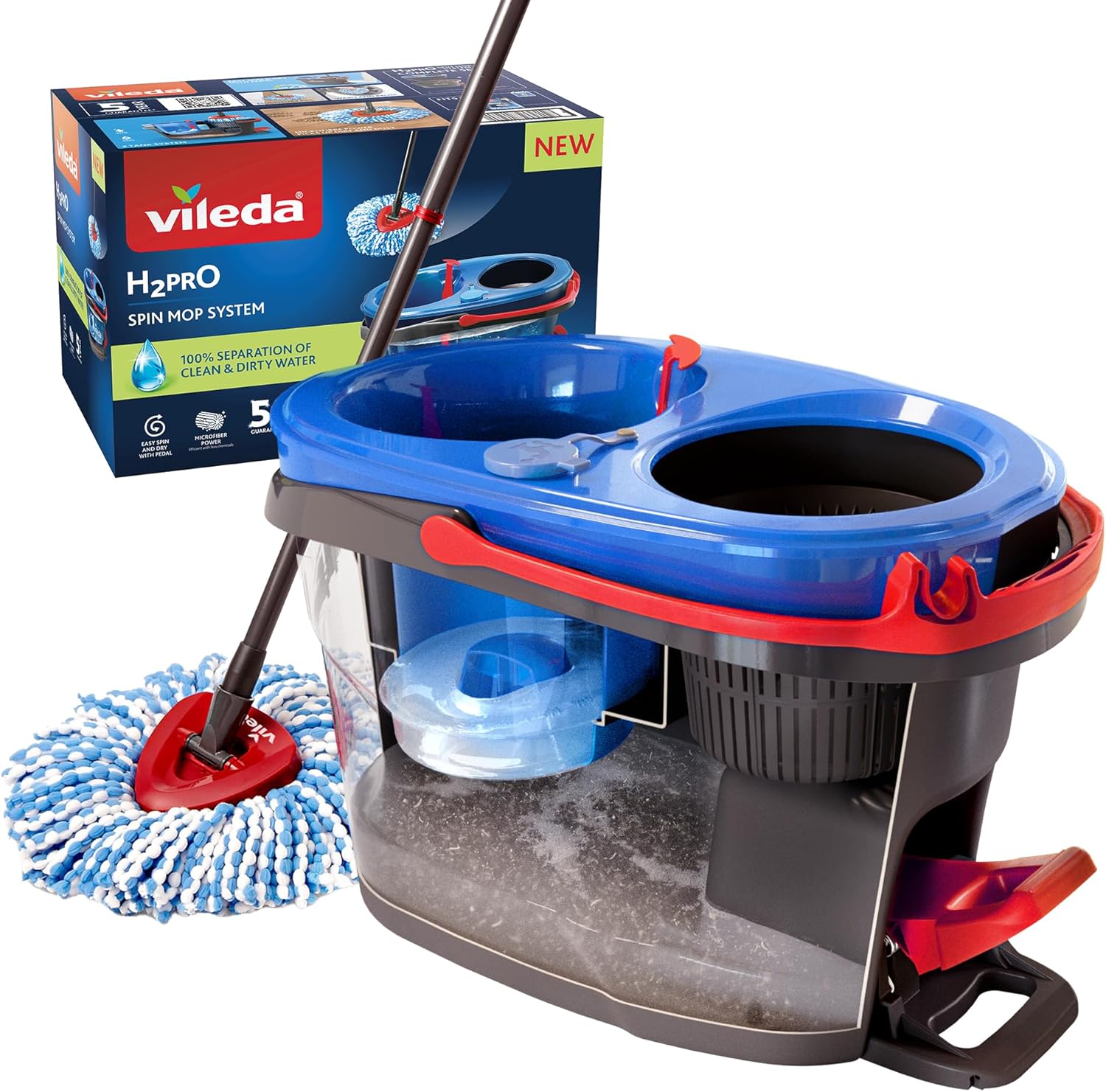
Vileda H2PrO Spin Mop System
|
Understanding the Porosity of Terracotta: A Key Factor
Terracotta is crafted from natural clay and is subjected to lower firing temperatures compared to various other tile types. This unique manufacturing process results in a highly porous surface, which readily absorbs moisture, oils, and dirt, functioning similarly to a sponge. This inherent porosity permits grime to penetrate deeply within the tile, complicating the removal process through standard cleaning methods.
Unsealed terracotta is especially vulnerable to staining. Without an adequate protective layer, even minor spills or muddy footprints can leave lasting marks. Over time, this can lead to a dull, stained appearance, which is often challenging to restore without the assistance of professionals.
Impact of Surrey's Weather on Terracotta Dirt Accumulation
The climatic conditions in Surrey play a pivotal role in the rapid dirt accumulation on terracotta floors. The region's frequent rainfall and dampness lead to increased moisture being tracked indoors, especially in entryways and conservatories.
Homes located near wooded areas or gardens are even more susceptible to dirt build-up. Soil, pollen, and organic debris can easily find their way onto terracotta surfaces, particularly if shoes are not removed upon entering.
Daily Habits That Worsen the Dirt Problem
Besides environmental factors, everyday practices can exacerbate the dirt issue. Using inappropriate cleaning agents, such as acidic solutions or bleach, can strip away protective coatings and damage the tile surface. While steam mops may seem like a convenient option, they often push moisture deeper into the tile, worsening the dirt accumulation problem.
High-traffic areas, such as kitchens and hallways, naturally experience more wear and tear. Without consistent sweeping and mopping, dirt builds up rapidly and becomes embedded in the texture of the tile.
Effective Techniques for Keeping Your Terracotta Floors Spotless
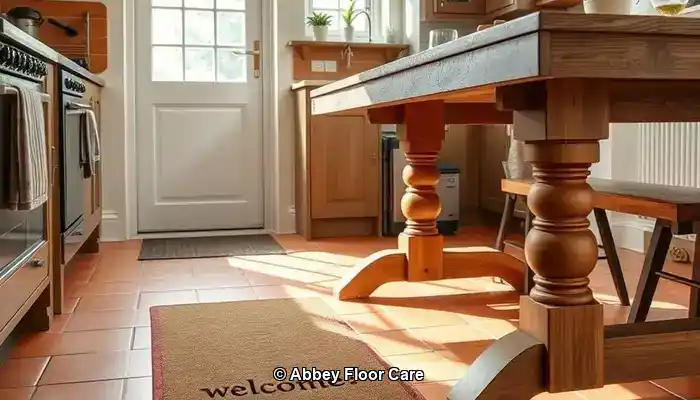
Maintaining clean terracotta floors requires a proactive approach to prevent dirt from settling in. In homes across Surrey, where damp weather and garden traffic are prevalent, implementing preventive maintenance is crucial for preserving the natural beauty of terracotta tiles.
Sealing: Your Primary Line of Defense Against Dirt
The most effective strategy for preventing terracotta from becoming dirty too quickly is through proper sealing. A high-quality, breathable sealant establishes a protective barrier that repels moisture, oils, and grime. For residences in Surrey, where humidity levels can fluctuate, sealing is vital to prevent water absorption that leads to staining and mold growth.
Experts recommend resealing terracotta every 12 to 18 months, depending on foot traffic and exposure levels. In high-traffic areas such as kitchens, hallways, and conservatories, more frequent resealing may be necessary. Always opt for a sealant specifically designed for porous stone and avoid glossy finishes that may trap dirt.
Smart Design Choices: Enhancing Cleanliness with Rugs and Mats
Strategically placing rugs and mats can significantly reduce the amount of dirt that reaches your terracotta tiles. Heavy-duty doormats at entrances effectively capture mud and moisture before they enter your home. In high-traffic areas, such as hallways or beneath dining tables, area rugs serve as protective barriers, shielding the tiles from wear and tear.
For spaces connected to outdoor areas, consider using washable runners that can be easily cleaned on a regular basis. These not only help maintain the integrity of the tiles but also enhance the aesthetic appeal of your living space.
Moisture Control in Homes Throughout Surrey
The wet climate of Surrey can accelerate dirt accumulation on terracotta. To mitigate this, utilize dehumidifiers in enclosed spaces and ensure proper ventilation throughout your home. Promptly clean up spills and avoid leaving wet items—such as shoes or towels—on the floor.
If your terracotta is installed in a conservatory or garden room, consider adding blinds or UV filters to minimize condensation and prevent sun damage. These small adjustments can greatly impact the longevity and appearance of your tiles over time.
By combining effective sealing, intelligent design choices, and moisture management strategies, homeowners in Surrey can significantly slow the rate at which terracotta floors attract dirt. In the following section, we will explore the best cleaning practices to maintain that fresh, natural look day after day.
Optimal Cleaning Practices for Terracotta Tiles
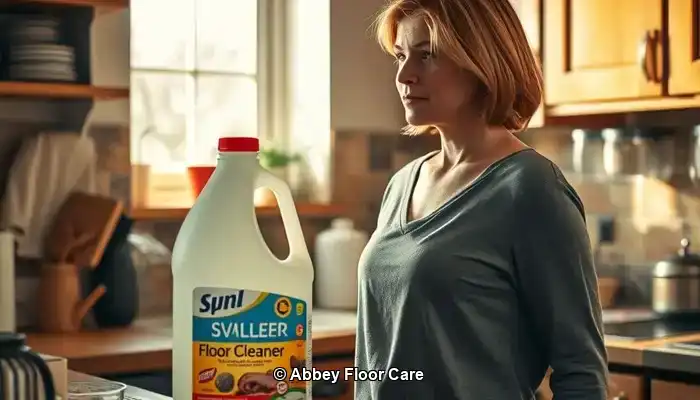
Even with proper sealing and preventive measures, terracotta floors require regular attention to uphold their natural charm. The key lies in employing the right techniques and products that effectively clean without damaging the porous surface of the tile.
Establishing a Daily and Weekly Maintenance Routine
In Surrey homes, where outdoor elements frequently enter, daily sweeping or vacuuming is indispensable. A soft-bristle broom or a vacuum equipped with a hard floor setting should be used to eliminate dust, grit, and organic debris before it can settle into the tile.
For weekly maintenance, mop with warm water and a pH-neutral cleaner specifically formulated for natural stone. It is crucial to avoid soaking the floor—damp mopping is the preferred method. Excess moisture can penetrate the tile, leading to staining or mold growth, especially in older or poorly sealed installations.
Choosing the Right Cleaning Products for Terracotta
Select products that are both gentle and effective. Look for labels indicating “stone-safe,” “non-acidic,” or “pH-neutral.” In Surrey, where eco-conscious living is increasingly prioritized, many homeowners prefer biodegradable cleaners that are safe for both pets and children.
Avoid multi-surface cleaners containing bleach, ammonia, or citrus extracts, as these can strip sealants and etch the terracotta, making it more susceptible to future staining.
For persistent stains, utilize a soft cloth with a diluted solution of stone cleaner. Never scrub with abrasive pads or wire brushes, as these can scratch the surface and create future cleaning challenges.
Cleaning Methods to Avoid: Harsh Chemicals and Steam Equipment
While steam mops may appear convenient, they are unsuitable for terracotta. The high temperatures and moisture can penetrate the tile and weaken the sealant, leading to long-term damage. Similarly, acidic cleaners such as vinegar or lemon juice—even when diluted—can erode the tile’s surface and cause discoloration.
Stick to gentle cleaning methods and always test any new products on a small, discreet area before applying them to the entire floor.
Comparing Professional Versus DIY Care for Terracotta
When it comes to caring for terracotta floors, many homeowners in Surrey initially opt for DIY cleaning methods. While routine sweeping and mopping can be beneficial, there comes a point when professional intervention is not just advantageous but necessary.
When Should You Contact a Tile Specialist in Surrey?
If your terracotta tiles exhibit signs of deep staining, uneven color, or surface wear, it may be time to consult a professional. Tile care specialists in Surrey utilize advanced tools and stone-safe products that penetrate deeper than typical household cleaners. They can also evaluate whether your sealant has deteriorated and recommend an appropriate resealing schedule based on your home’s specific conditions.
Restoration services typically include deep cleaning, stain removal, and reapplication of breathable sealants that protect without altering the tile’s natural appearance. For older homes or heritage properties, specialists can even replicate the original finish to maintain authenticity.
Assessing Costs Versus Longevity: Is Professional Care Worth the Investment?
While DIY cleaning may seem more cost-effective, it often yields only temporary results. Without proper sealing and deep cleaning, dirt continues to accumulate, necessitating more frequent maintenance and risking irreversible damage.
On the other hand, professional care extends the lifespan of your terracotta floors. A single restoration session can revitalize color, eliminate embedded grime, and protect the surface for months or even years. This investment is particularly beneficial in high-traffic areas, such as kitchens or hallways, as it reduces maintenance needs and enhances visual appeal.
Homeowners in Surrey who value long-term property maintenance and curb appeal often discover that hiring expert services provides peace of mind and superior results. Moreover, many local providers offer eco-friendly options and tailored maintenance plans to suit your lifestyle.
Eco-Friendly and Safe Cleaning Options for Terracotta
The natural allure of terracotta deserves care that is equally organic. For homeowners in Surrey seeking to keep their floors clean without compromising health or sustainability, eco-friendly cleaning solutions are a fantastic option. Thankfully, modern products and techniques make it easy to protect your tiles and household without resorting to harsh chemicals.
Selecting Non-Toxic Sealants and Cleaners
Traditional sealants often contain solvents that emit volatile organic compounds (VOCs), which can linger in the air and negatively impact indoor air quality. Nowadays, eco-friendly alternatives utilize water-based formulas that are low in VOCs and safe for use around children and pets.
When selecting a cleaner, look for labels that indicate “biodegradable,” “plant-based,” or “stone-safe.” These products are specifically formulated to lift dirt without causing damage to the porous surface of terracotta. Brands specializing in natural stone care often offer concentrated solutions that can be diluted for everyday use, helping to minimize waste and packaging.
Pet and Child-Friendly Cleaning Solutions
In busy Surrey households, safety is just as vital as cleanliness. Steer clear of bleach, ammonia, and acidic cleaners like vinegar, which can harm the tile and pose risks to pets and young children. Instead, choose gentle formulations derived from coconut oil, citrus enzymes, or mineral-based ingredients.
For those who prefer DIY cleaning methods, a simple mixture of warm water and a few drops of castile soap can be surprisingly effective for light cleaning tasks. Always test any homemade solution on a small area first to ensure it doesn’t negatively affect the sealant or finish.
Adopting Sustainable Cleaning Practices
Eco-friendly care extends beyond the products used—it also involves adopting mindful habits. Utilize reusable microfiber cloths and mops instead of disposable cleaning pads. Regular sweeping can reduce the necessity for frequent wet cleaning. When resealing, select products with recyclable packaging and minimal environmental impact.
Several floor care professionals in Surrey now provide eco-friendly cleaning packages, utilizing certified non-toxic products and sustainable methods. If you’re unsure where to begin, arranging a consultation with a local expert can help you design a routine that is both effective and environmentally conscious.
Ensure Your Terracotta Floors Remain in Immaculate Condition
Terracotta flooring adds warmth, character, and timeless elegance to homes in Surrey. Nevertheless, its porous nature necessitates careful attention to maintain its cleanliness and vibrancy. By comprehending the reasons behind quick dirt accumulation, ensuring proper sealing, and practicing smart cleaning methods, you can significantly reduce grime build-up and prolong the life of your tiles.
Whether managing a busy household or restoring a heritage property, consistency is essential. Daily sweeping, utilizing pH-neutral cleaning products, and resealing periodically can greatly contribute to maintaining a pristine appearance. Should stains or wear begin to appear, do not hesitate to enlist the services of a local specialist for professional restoration.
Using eco-friendly products and safe cleaning routines guarantees your floors remain beautiful without compromising health or environmental integrity. With the right approach, terracotta can continue to be a stunning feature in your home for many years.
Are you prepared to intelligently protect your floors? Contact us today for expert terracotta maintenance tailored to the unique conditions of Surrey. Let’s collaborate to keep your home looking its very best—naturally.
Frequently Asked Questions About Terracotta Floor Maintenance
Terracotta floors are timeless yet come with distinct care requirements. Below are answers to the most commonly asked questions from Surrey homeowners who wish to keep their tiles in a clean, protected, and beautiful condition.
How Frequently Should I Reseal My Terracotta Tiles?
In most Surrey residences, terracotta should be resealed every 12 to 18 months. However, this schedule can fluctuate based on foot traffic, moisture exposure, and whether the tiles are indoors or outdoors. Areas like kitchens, hallways, and conservatories may necessitate more frequent resealing. If you observe your tiles absorbing water or appearing dull, it’s time for resealing.
Is It Safe to Use Vinegar or Bleach on Terracotta Tiles?
No—vinegar, bleach, and other acidic or harsh cleaners can damage terracotta. These substances break down sealants and etch the tile surface, leading to permanent discoloration. Always choose pH-neutral, stone-safe cleaners specifically designed for porous flooring.
What Is the Best Mop for Cleaning Terracotta Floors?
A microfiber mop is ideal for terracotta flooring. It effectively captures dust and dirt without scratching the surface, using minimal water—this is crucial for porous tiles like terracotta. Avoid sponge mops or steam mops, as they can oversaturate the tile and weaken the sealant.
Are DIY Cleaning Solutions Safe to Use?
Yes, but with caution. A mild mixture of warm water and castile soap can be effective for light cleaning. Always test any homemade solution on a small, hidden area first. Avoid anything acidic or abrasive, and never apply homemade cleaners to unsealed tiles.
What Should I Do If My Tiles Are Already Stained?
If stains have set in, professional restoration is your best option. Tile care specialists based in Surrey can deep clean, remove embedded grime, and reseal the surface to restore the tile’s original color and texture. DIY methods may worsen the damage if inappropriate products are used.
The Article Tired of Dirty Terracotta? How to Keep It Clean Longer first found on https://www.abbeyfloorcare.co.uk
The Article Keep Terracotta Clean Longer: Tips for a Spotless Finish appeared first on https://fabritec.org
The Article Terracotta Cleaning Tips for a Spotless Finish Was Found On https://limitsofstrategy.com
